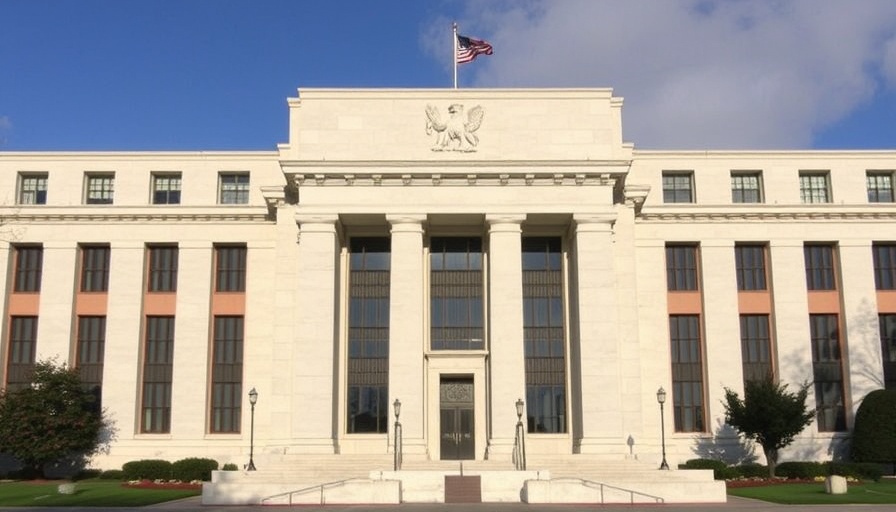
The Fed’s Crucial Decision: Understanding Tariff Effects Before Rate Cuts
As the Federal Reserve navigates the complexities of the current economic landscape, Fed Governor Michelle Schmid recently emphasized the need for a thoughtful approach in analyzing tariff effects prior to implementing any rate cuts. This highlights a critical juncture for investors and market analysts alike, as understanding the influence of tariffs can shape broader economic trends.
Why Tariffs Matter in Economic Decision-Making
Tariffs, taxes imposed on imports, can have wide-ranging impacts on the economy. They affect consumer prices, business operations, and, ultimately, the inflation rates that the Fed aims to control. During a recent discussion, Schmid acknowledged that there is sufficient time to assess the ramifications of tariffs on domestic and international markets, particularly as the Fed grapples with inflationary pressures.
Tariffs, Inflation, and Interest Rates: A Delicate Balance
Interest rates are a critical tool for the Fed in managing economic stability. Adjusting rates can influence spending, saving, and investment behavior. As inflation remains a concern, determining the right moment and conditions for rate cuts becomes a balancing act. Investors need to keep a close eye on these developments, as any delay in rate adjustments may further affect stock market trends.
What This Means for Investors: Strategic Planning Ahead
For investors already navigating the stock market, understanding how tariff dynamics interplay with interest rate decisions is essential for portfolio diversification. Market analysts suggest that fluctuations in tariffs could lead to shifts in sectors such as technology, consumer goods, and international investments. Hence, a careful review of investment strategies, whether in mutual funds or ETFs, may offer investors opportunities shielded from volatility.
Expert Insights: Preparing for Market Reactions
Financial experts recommend monitoring economic indicators related to tariffs and interest rates closely. Key metrics include the Producer Price Index (PPI), Jobless Claims, and Consumer Confidence Index. These insights provide vital clues on economic momentum and can assist investors in making informed investment decisions.
Potential Opportunities: Inflation Protection Investments
As inflation concerns persist, investing in assets that traditionally provide a hedge against inflation might be wise. Options like real estate investment trusts (REITs), commodities like gold, and inflation-linked bonds can prove beneficial. Additionally, mutual funds focusing on sustainable investing and high-yield assets may capture attention from socially-conscious investors.
Ready, Set, Analyze: How to Approach Market Dynamics
Investors should not only focus on tariff impacts but also look towards broader economic trends. Market corrections often bring opportunities for stock picking, particularly within growth stocks and dividend stocks. Given the potential for volatility, implementing risk management strategies and considering dollar-cost averaging techniques could be prudent paths forward.
Conclusion: Staying Ahead in a Fluid Market Environment
As the Federal Reserve deliberates on tariff implications and interest rate cuts, it is crucial for investors to remain informed and adaptable. Understanding the complexities of economic indicators and maintaining a balanced portfolio will empower investors to navigate potential market volatility with confidence. Remember, knowledge is power in the investing world.
 Add Row
Add Row  Add
Add 



Write A Comment